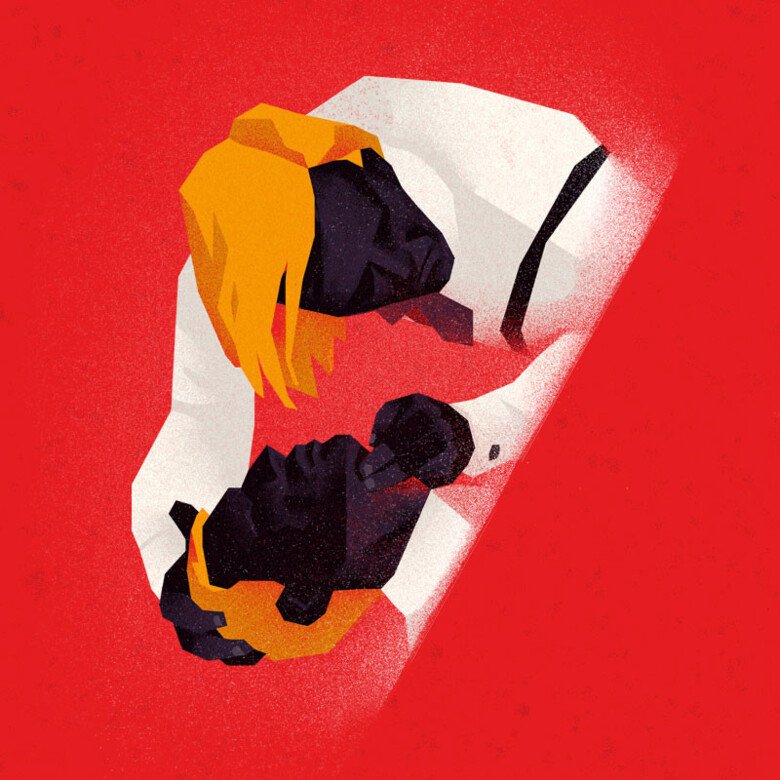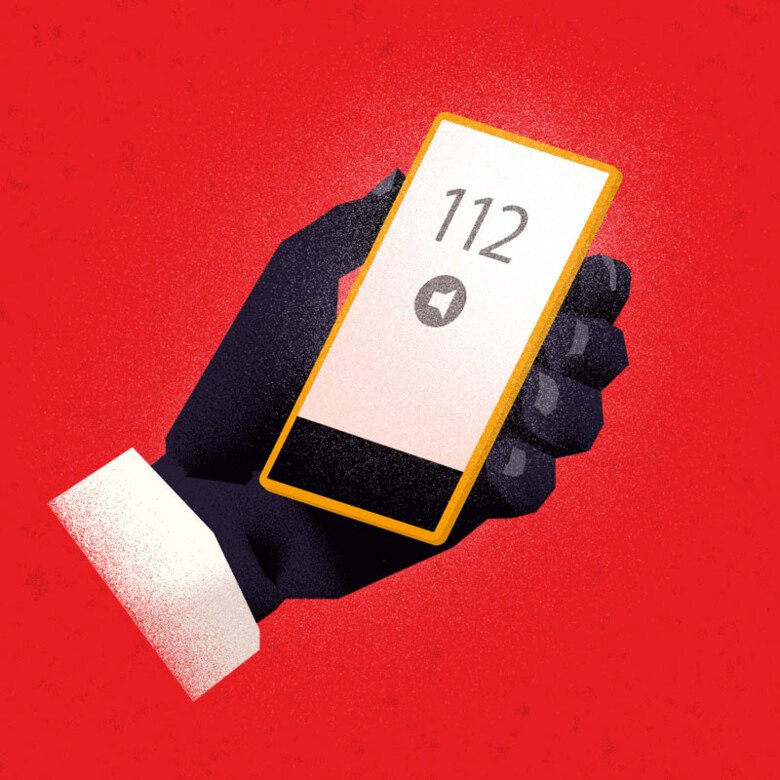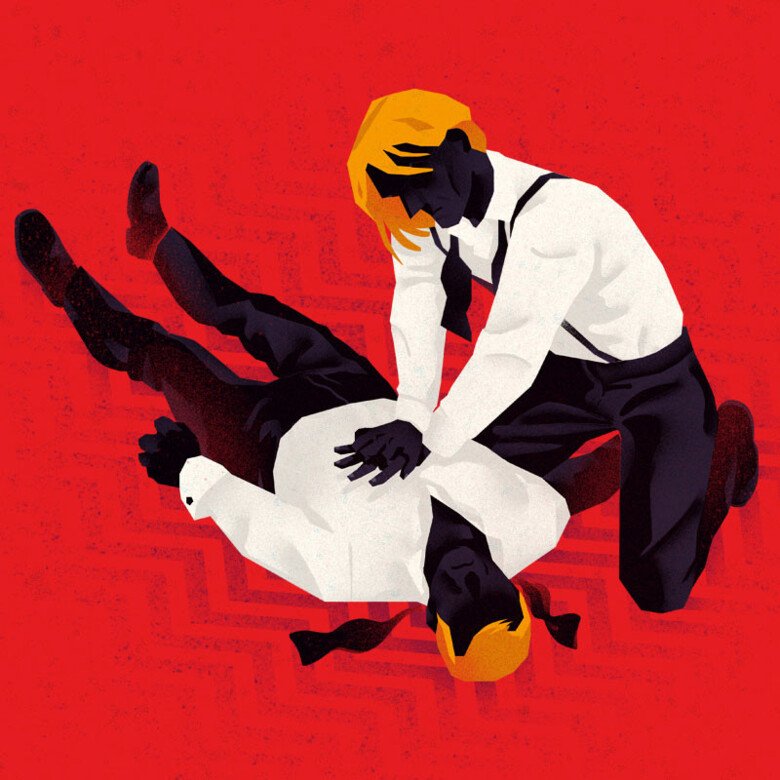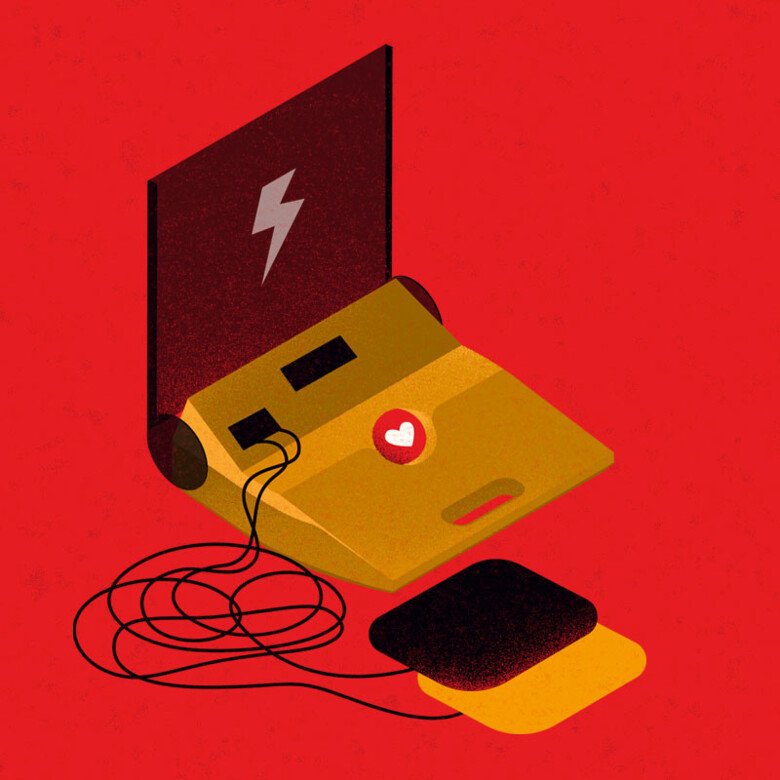Help in the event of cardiac arrest
In the event of a cardiac arrest, the chances of survival decreased by ten per cent for each minute that pass without CPR being started. Consequently, every second counts!

1. Confirm cardiac arrest
Check if the person is unconscious by calling out/speaking loudly – if there is no response, pinch the person on the arm and shake them a little by the shoulders. Check if the person is breathing by placing your ear near the person's nose and mouth, listen and feel for the breaths. Unconscious and not breathing = cardiac arrest.

2. Raise the alarm – call 112
Ask someone to call the emergency number 112 and report that there has been a cardiac arrest.
At the same time, begin CPR.
If you are alone, call 112 first.

3. Begin CPR
Lie the person on their back, place your hand on the forehead and carefully bend their head back, open the mouth. Kneel beside the person. Place one wrist on the middle of the breast bone. Place your other on top. Push down on the breast bone 5–6 cm at a frequency of 100–120 compressions per minute, i.e. about two compressions per second. Try to ensure that there is someone else on the spot who can swap with you every other minute, as it can be quite tiring. If you have not undergone CPR training or do not want to perform breaths, continue compressions at the same tempo uninterrupted. If you have undergone CRR training, perform two breaths into the person's mouth after 30 compressions, approximately every 15th second. Continue until the ambulance arrives.

4. Use a defibrillator
In Sweden, there are around 40,000 defibrillators outside of healthcare facilities. Ask someone to search for the nearest defibrillator using the defibrillator register's app or the website hjärtstartarregistret.se. Defibrillators instruct the user in how to use them and can be used by anyone. Immediately return to providing compressions as before for a couple of minutes after the heart has been started in order to help it pump blood to the organs.
Illustrations: Björn Öberg
Facts: The difference between heart attack and cardiac arrest
In the event of a sudden cardiac arrest, the heart stops pumping blood because the electrical wiring to the heart does not work as it should. The brain is affected by the lack of oxygen and the person affected becomes unconscious in only a few seconds.
A heart attack is a circulatory disturbance that is caused by a plug or blockage in one of the heart's coronary arteries, resulting in the heart being affected by lack of oxygen. The heart carries on beating, but the part of the heart that doesn't receive oxygen is injured. Heart attacks mainly result in sudden chest pain, but can also have more diffuse symptoms, especially among women. A heart attack can cause a cardiac arrest.
